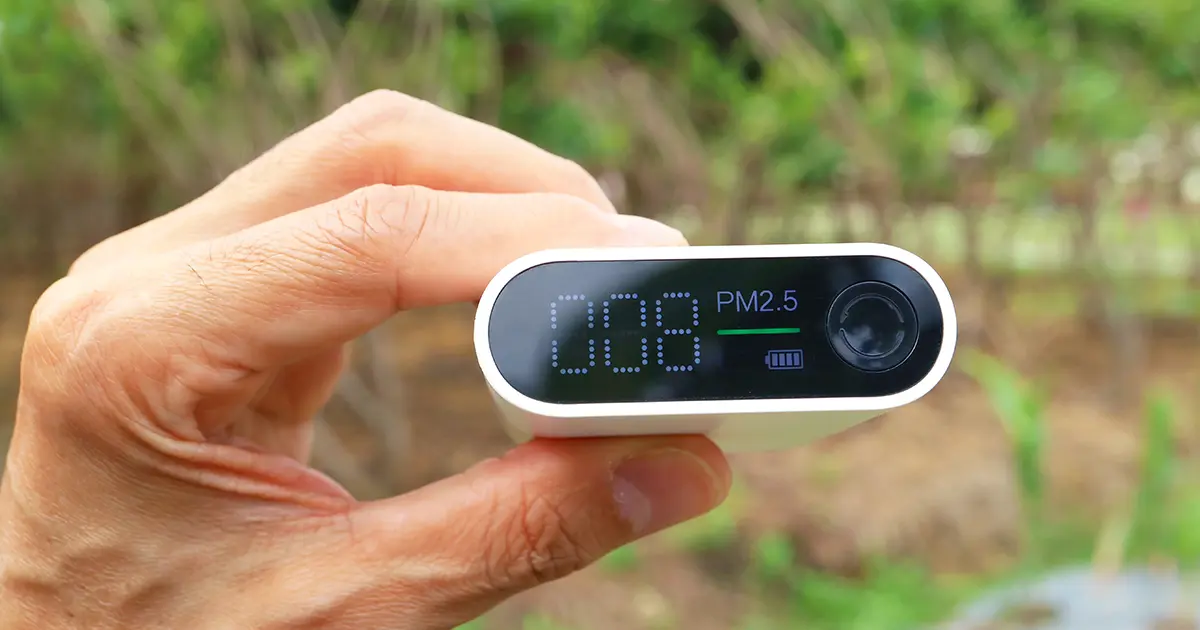Breathing Easy with LIMS: A Comprehensive Guide for Air Quality Laboratories
Air quality is a critical concern for public health and environmental well-being. Air quality laboratories play a vital role in monitoring and analyzing pollutants, ensuring that air quality standards are met, and protecting the environment we breathe. Laboratory Information Management Systems (LIMS) have emerged as an indispensable tool for air quality labs, streamlining processes, enhancing data accuracy, and facilitating compliance with regulations. In this comprehensive guide, we’ll explore how LIMS can empower air quality labs to operate more efficiently and effectively.
The Unique Challenges of Air Quality Labs
Air quality labs face a unique set of challenges:
- Diverse Sample Types: Air samples can come in various forms, including ambient air, source emissions, and indoor air, each requiring different analysis methods.
- Regulatory Compliance: Air quality labs must adhere to strict regulations, such as the Clean Air Act, and maintain meticulous records of data and processes.
- Data-Intensive Workflows: Air quality testing involves generating, processing, and analyzing large volumes of data from various instruments and sampling locations.
- Sample Chain of Custody: Ensuring the integrity and traceability of air samples is crucial for accurate and reliable results.
How LIMS Transforms Air Quality Labs
LIMS software provides a comprehensive solution to address these challenges and streamline air quality lab operations. Here’s how:
-
Sample Management:
- Sample Tracking: LIMS tracks samples from collection to disposal, ensuring proper chain of custody and eliminating the risk of misplacement or errors.
- Barcode Labeling: Barcodes are used to identify and track samples, simplifying logging and reducing manual data entry.
- Sample Scheduling: LIMS enables efficient scheduling of sampling events and analysis, optimizing resource utilization.
-
Data Management and Analysis:
- Instrument Integration: LIMS seamlessly integrates with air quality monitoring instruments, automating data collection and reducing transcription errors.
- Data Validation and Review: LIMS applies quality control checks to ensure data accuracy and integrity.
- Statistical Analysis: LIMS enables sophisticated statistical analysis of air quality data, helping identify trends and patterns.
-
Workflow Automation:
- Automated Workflows: LIMS automates routine tasks like sample login, data analysis, and report generation, freeing up staff for more complex activities.
- Task Assignment: LIMS assigns tasks to appropriate personnel, ensuring efficient resource allocation and timely completion of analyses.
- Real-Time Monitoring: LIMS provides real-time visibility into laboratory operations, allowing managers to identify bottlenecks and optimize workflows.
-
Regulatory Compliance:
- Audit Trails: LIMS maintains detailed audit trails of all data and process changes, ensuring traceability and compliance with regulatory requirements.
- Standard Operating Procedures (SOPs): LIMS enforces SOPs for sampling, analysis, and reporting, ensuring consistency and quality.
- Reporting: LIMS automates the generation of reports in compliance with regulatory standards, saving time and reducing errors.
Key Benefits of LIMS for Air Quality Labs
- Improved Efficiency: LIMS automates repetitive tasks, streamlines workflows, and optimizes resource allocation.
- Enhanced Data Accuracy: By reducing manual data entry and applying quality control checks, LIMS ensures accurate and reliable data.
- Streamlined Compliance: LIMS helps air quality labs meet stringent regulatory requirements with ease.
- Increased Productivity: By automating routine tasks, LIMS frees up staff to focus on higher-value activities.
- Cost Savings: LIMS optimizes resource utilization and reduces waste, resulting in significant cost savings.
Choosing the Right LIMS for Your Air Quality Lab
When selecting a LIMS, air quality labs should consider the following factors:
- Scalability: The LIMS should be able to grow with your lab’s needs.
- Flexibility: The LIMS should be adaptable to your specific workflows and requirements.
- Ease of Use: The LIMS should be user-friendly and require minimal training.
- Support: The vendor should provide excellent customer support and training.
Conclusion
LIMS is not just a software solution; it’s a transformative tool that can empower air quality labs to achieve operational excellence. By embracing LIMS, you can improve efficiency, enhance data accuracy, ensure compliance, and ultimately contribute to a healthier and safer environment.


